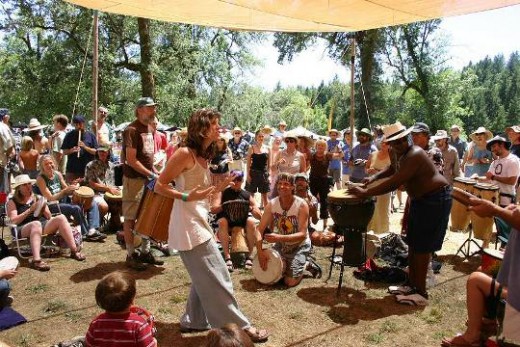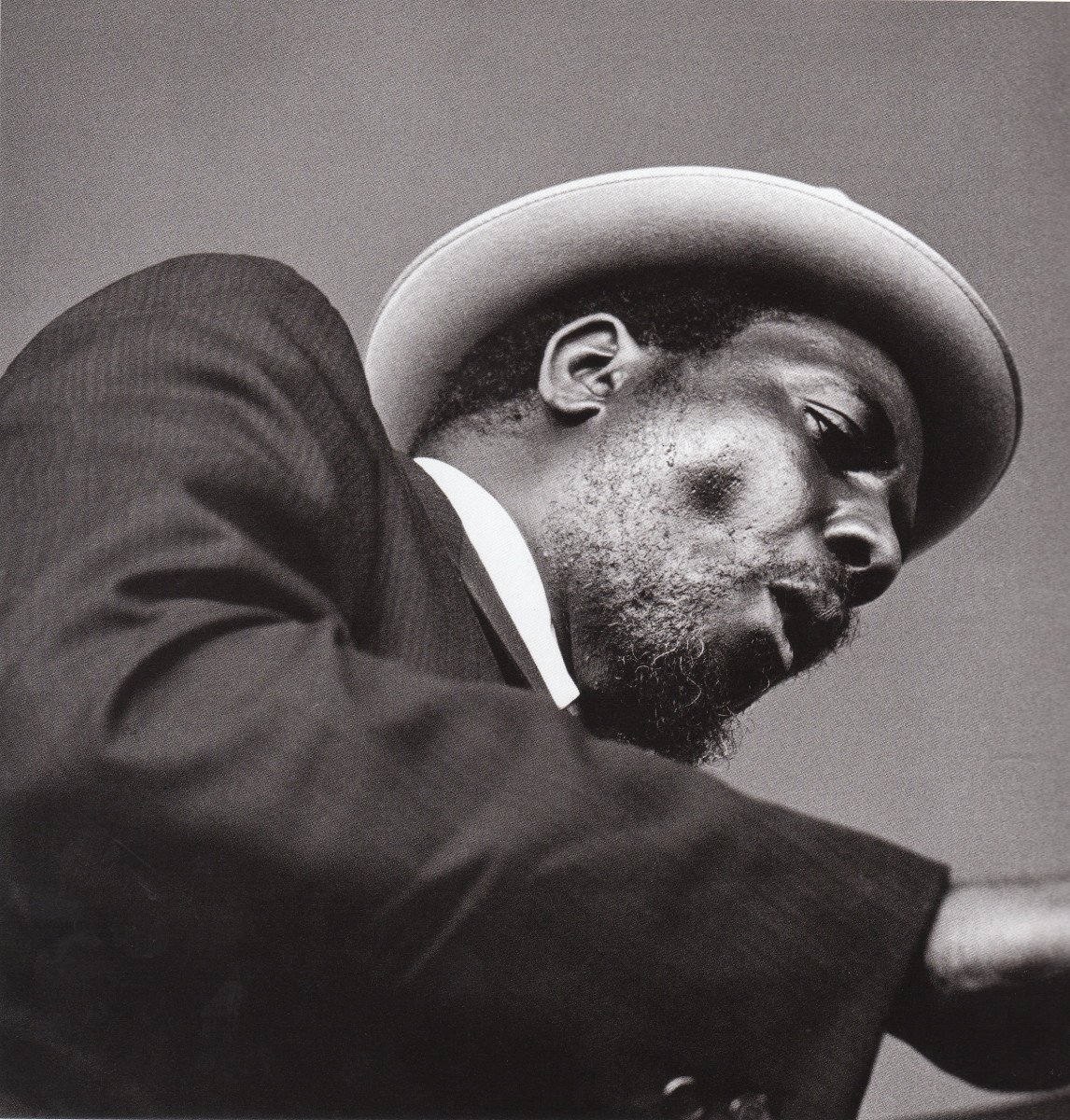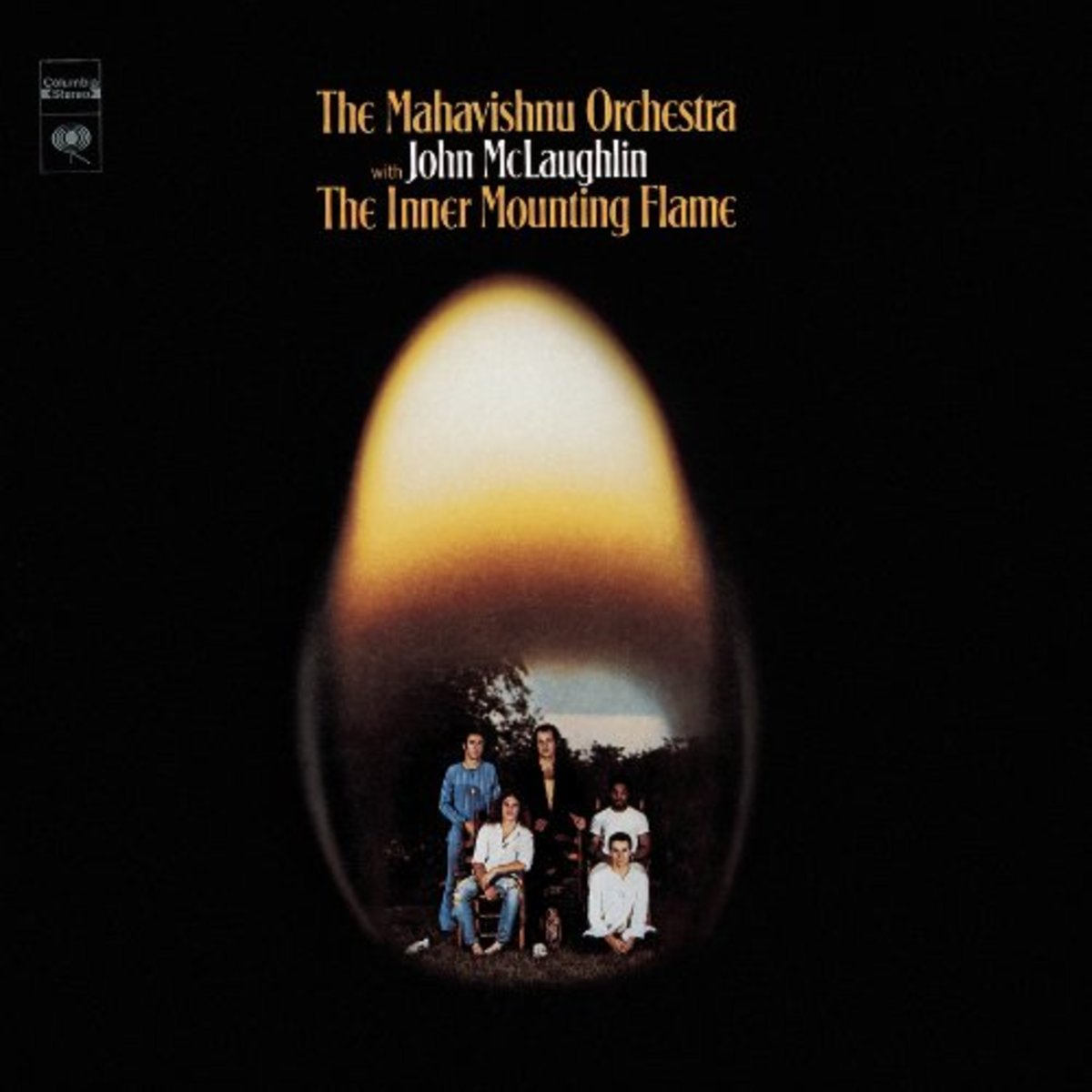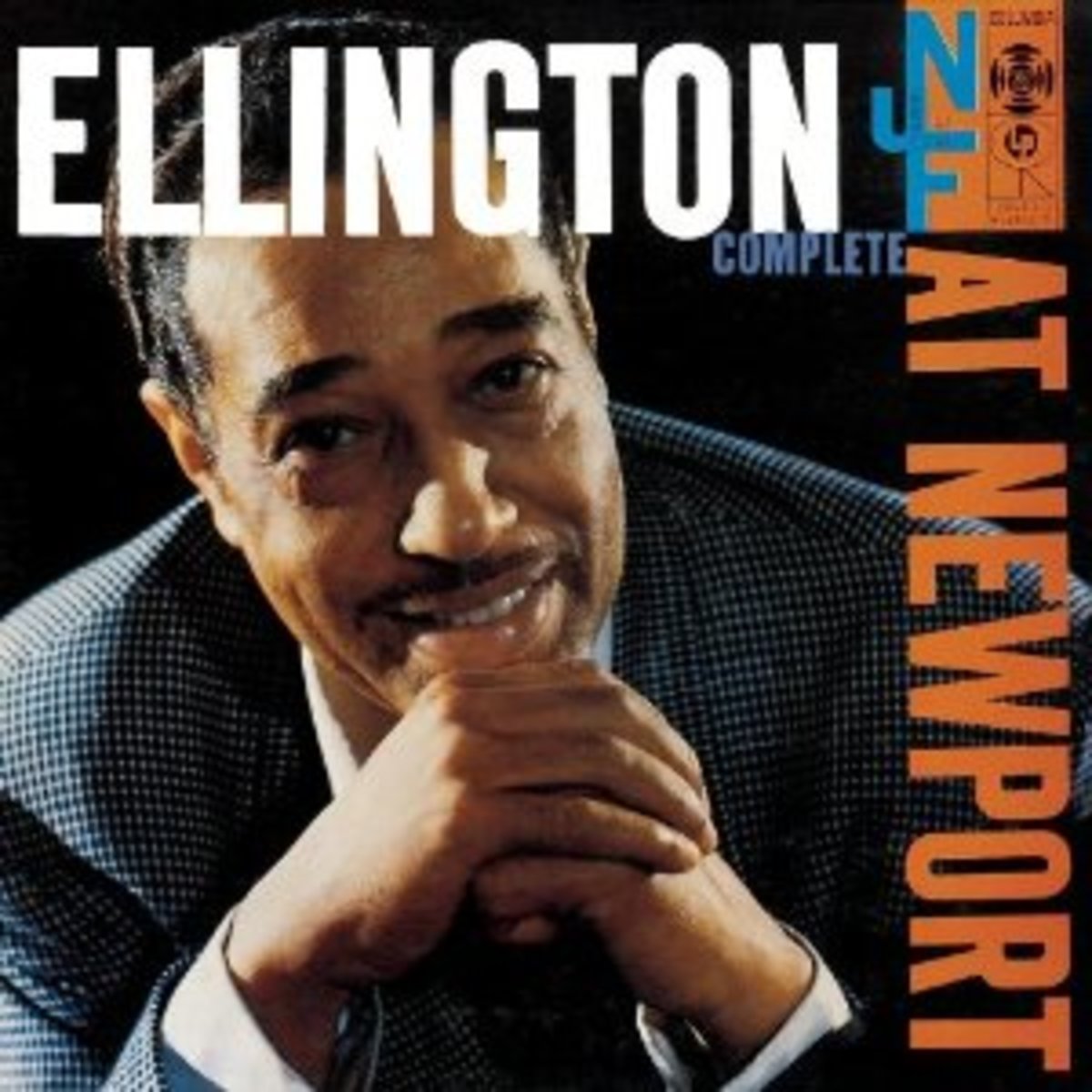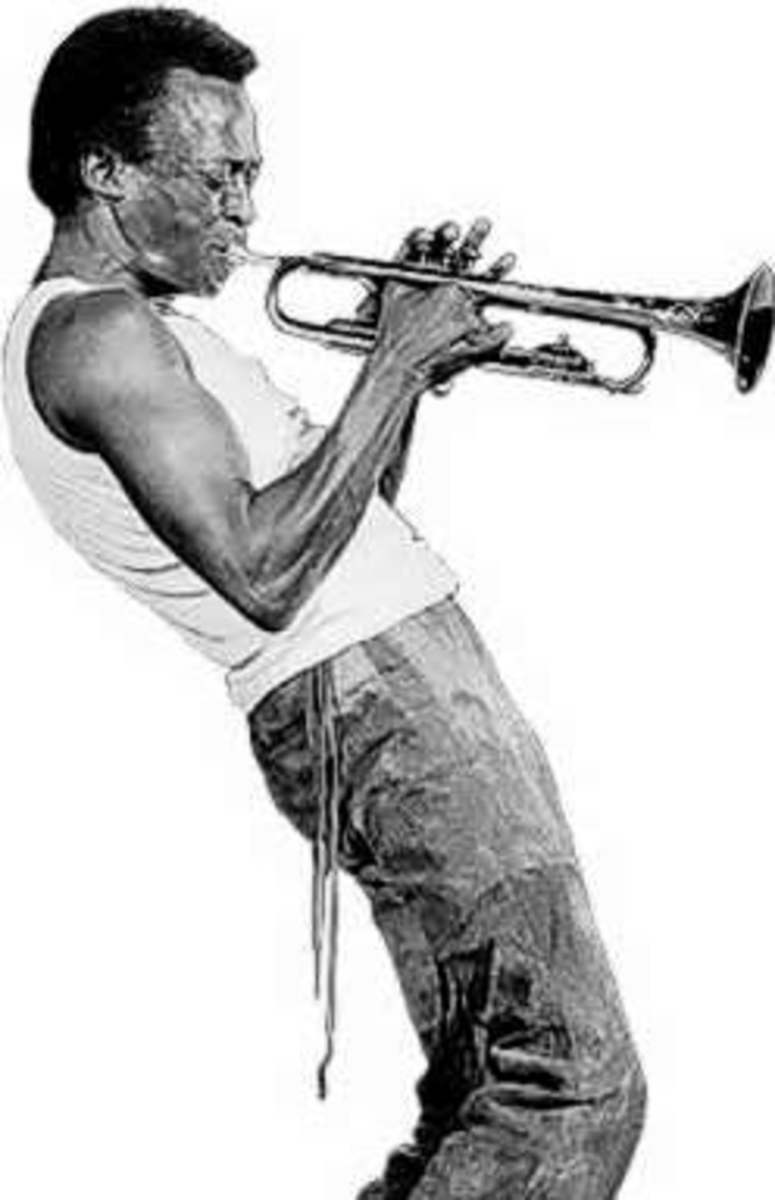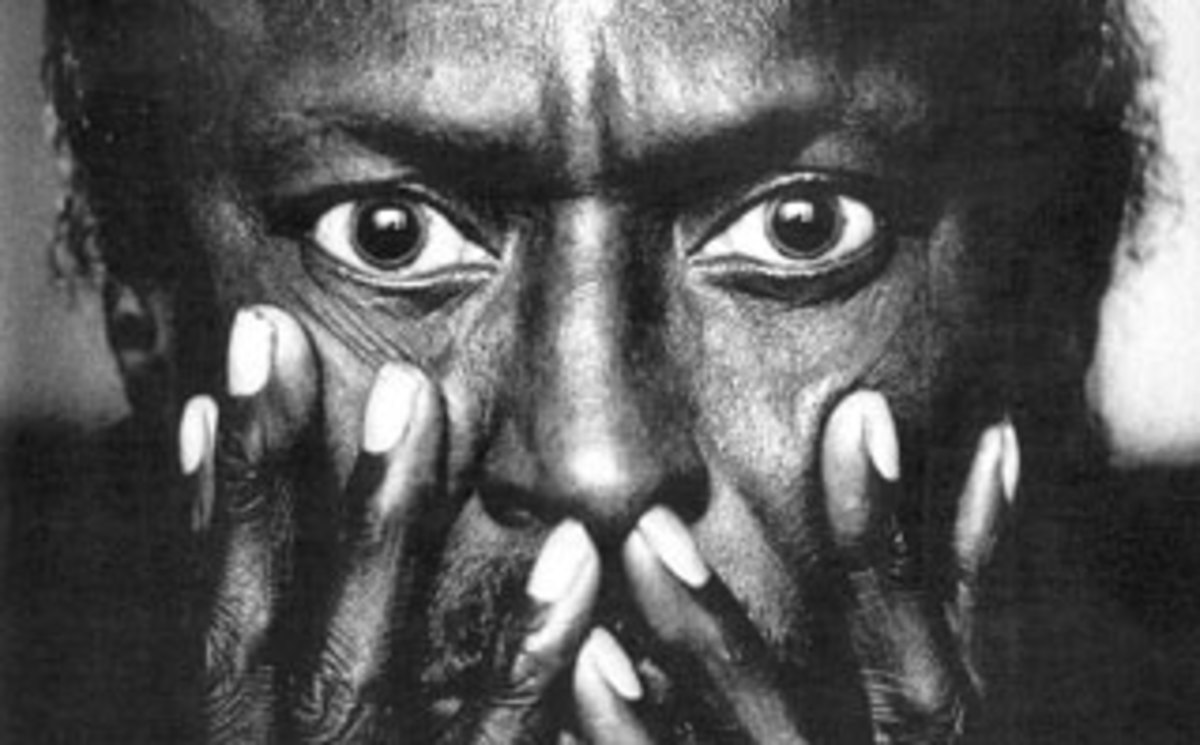The Debilitating Character of Jazz and Similar Music Genres
NB: I strongly dislike jazz. If you are a jazz / beat or whatever fan, I respectfully ask you to leave this hub unread, because you are likely to be offended. If you dislike jazz or want to be offended, read on.
Through its pure rhythmic and syncopated elements, Jazz sounds similar to early Stravinsky. It works to go beyond pleasing the soul and to directly arouse the body in a quite different way than earlier European dance music did. The gracefulness, impetus, movement, sensuality and authentic dynamics present in the Viennese or English waltz, tango, fado etc., however, are completely lost on Jazz. They have been replaced with mechanical, disjointed, and primitively ecstatic sounds, which, instead of aiming to bring out character in a person the way earlier forms of folk dances did, seek to dull the senses and subject the listener / dancer to a state of possession in which a kind of paroxysmal attack can occur.
It is not without reason that Jazz has been considered one of the forms of compensation that modern man resorts to in their practical, arid and mechanical existence. The raw contents of rhythm and elemental vitality of Jazz lead modern man to an ecstatic, hysterical, formless and convoluted escapism, devoid of any deeper meaning. How did Western man arrive at such a degenerative form of music and what are the consequences?
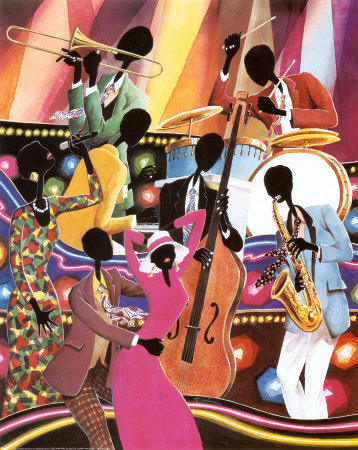
Instead of either creating something original or going back to and utilizing the traditional elements of European folk music, the fathers of Jazz found inspiration in the musical heritage of the more exotic races of the tropical and sub-tropical zones. They chose, developed and assimilated a music of primitive qualities with roots in dark forms of ecstasy into Western culture. The type of African tribal music that formed the basis of newborn Jazz had originally been used to induce trance in various tribal rituals and open people up to ecstasy and possession, or to deprive people of their self or control over their self.
Let's not misunderstand, it's not only the atavistic minds of primitive peoples that this type of influence can control and shape, it's the mind of modern man. Of course, it does not happen overnight, but it will over the life spans of many generations. We live in the age of the emergence of the masses, when anyone can seize power to themselves by controlling the easily manipulated mob. It's the age of the economy, when our ultimate goal in life is to make money, not so much to enjoy the pleasures of life any more, but rather to survive. It's the age of omnipotent technology, everyone is infected and no one is alone. And it's the debilitating Jazz Age, when you no longer have to take responsibility for having your own character. No one does, after all. But how does this influence assert itself?
The poly-rhythmic structure of Jazz developed in a way that static [on-beat] accents constantly marking the rhythm started acting as ecstatic [off-beat] accents. Special rhythmic figures generate a tension in order to sustain an uninterrupted trance. This same structure has been preserved in all syncopated jazz with delays that are intended to liberate energy or generate an impulse. The same technique is employed in African rites to induce possession of the dancers by certain spiritual entities, such as the Orisha of the Yoruba or the Loa of the Voodoo of Haiti, to take over their personalities. This kind of ecstatic potential remains in existence in Jazz.
In the music of the so-called Beat groups, the obsessive reiteration of a rhythm, similar to the use of the African tom-tom, causes paroxysmal contortions of the body and inarticulate screams in the performer, while the crowd of the listeners joins in. They are shrieking hysterically and throwing themselves around, thus creating an atmosphere similar to that of the possessions of savage ritual and certain Dervish sects, or the Macumba and Negro religious revivals. The frequent use of drugs both by performers and by the enraptured youth is also considerable, and induces a true, frenetic mob mentality, as in former beat or hippie sessions of tens of thousands.
